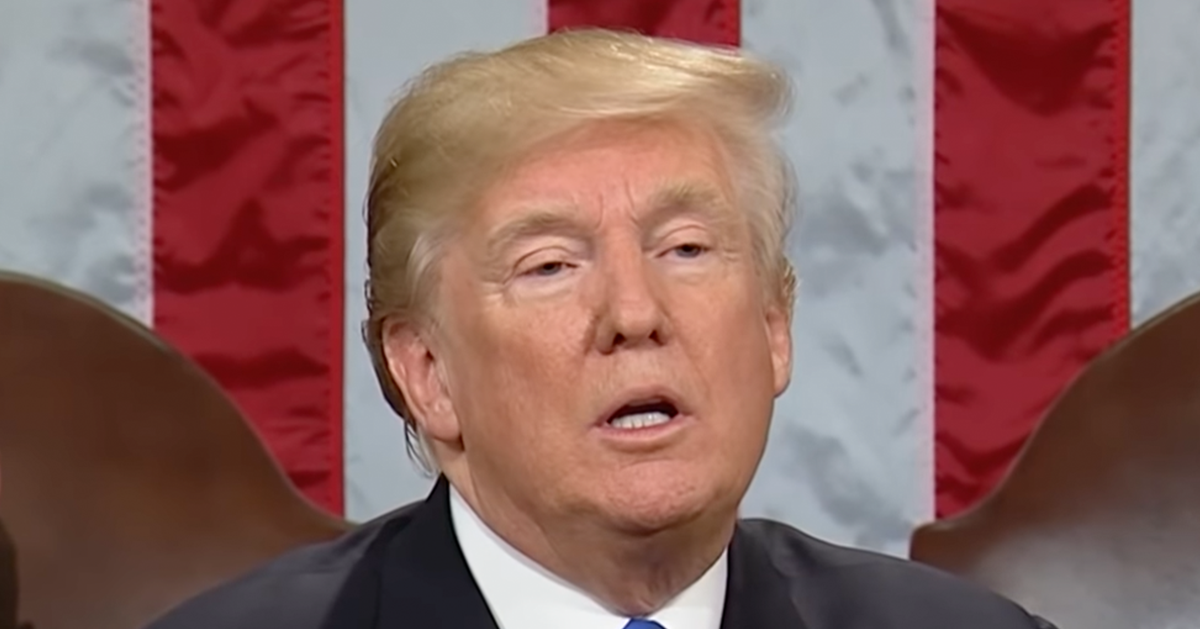Report Reveals Secret Service Failures In Trump Rally Shooting
A recent internal review has unveiled alarming security lapses by the U.S. Secret Service during a July campaign rally for former President Donald Trump, leading to a near-fatal assassination attempt, Newsmax reported.
The investigation highlighted critical failures in security measures at the Pennsylvania rally, directly contributing to the shooter's unobstructed attack.
The campaign event in question took place on July 13 in Butler, Pennsylvania, where former President Donald Trump was addressing his supporters. Despite plans to secure the area, significant oversights were evident.
The U.S. Secret Service had intended to obstruct potential sniper views from nearby buildings but fell short. Notably, they failed to appropriately position heavy equipment and flags around the stage area.
From his position in the AGR International building, approximately 130 yards away, the shooter, Thomas Matthew Crooks, exploited these oversights. He fired eight rounds towards the stage, tragically hitting several individuals.
Tragic Outcomes of Security Oversight
During the attack, Crooks fatally wounded one attendee and injured two others. One of the injured was Donald Trump himself, who suffered a minor wound to his ear from a stray bullet.
A counter-sniper from the Secret Service responded promptly, neutralizing Crooks shortly after he began his assault. However, this swift action was not enough to prevent the initial tragedy.
The investigation uncovered that the local police had not been directed to secure the rooftop from which Crooks launched his attack, a critical oversight by the Secret Service.
Communication Failures Compounded Risk
Further exacerbating the situation was a communication breakdown. The federal agents on site were not kept informed by local law enforcement about potential threats, including the presence of Crooks with a rangefinder prior to the rally.
This lapse in information sharing was pivotal. The Secret Service only received crucial details about Crooks and his equipment mere minutes before Trump's speech, leaving no time to mitigate the threat effectively.
Initially, the Secret Service pointed fingers at local police for not securing the outer perimeters of the rally location. This blame was later scrutinized in the internal review.
Senate Oversight Committee Reacts
Acting Secret Service Director Ronald Rowe took the lead on the investigation. He presented the findings to the Senate Homeland Security and Governmental Affairs Committee, acknowledging the agency's shortcomings.
Rowe's report triggered a bipartisan wave of criticism from the committee members, who were appalled by the security lapses.
Senator Richard Blumenthal, a Democrat from Connecticut, expressed his concerns publicly, stating, “I think the American people will be shocked, astonished, and appalled by what we will report to them about the failures of the Secret Service in this assassination attempt of a former president.”
New Measures to Enhance Security
In response to these findings, Rowe announced the initiation of another review aimed at refining and improving the Secret Service's security protocols.
This secondary review is expected to develop more stringent measures and training to prevent such failures in the future.
The full report on the incident is anticipated to be made public next week, according to sources like the Washington Post, potentially shedding more light on how these lapses occurred and what steps are being taken to ensure they are not repeated.
In conclusion, this incident not only exposed significant vulnerabilities in the protection of high-profile figures but also highlighted the need for rigorous adherence to security protocols and better interagency communication. The forthcoming public report will likely play a crucial role in shaping future Secret Service operations.



